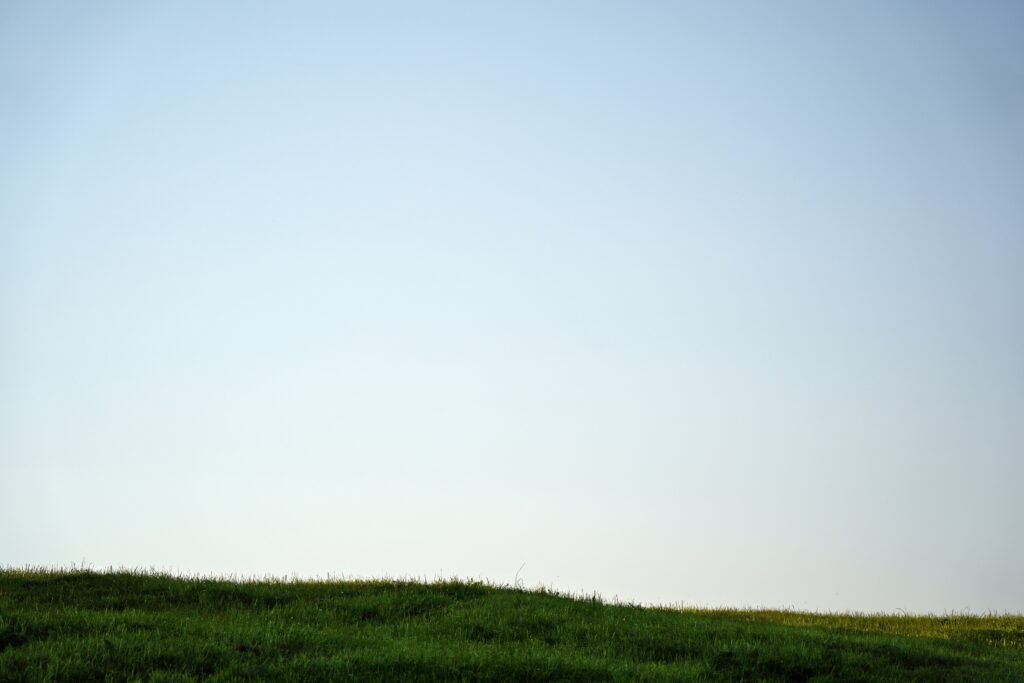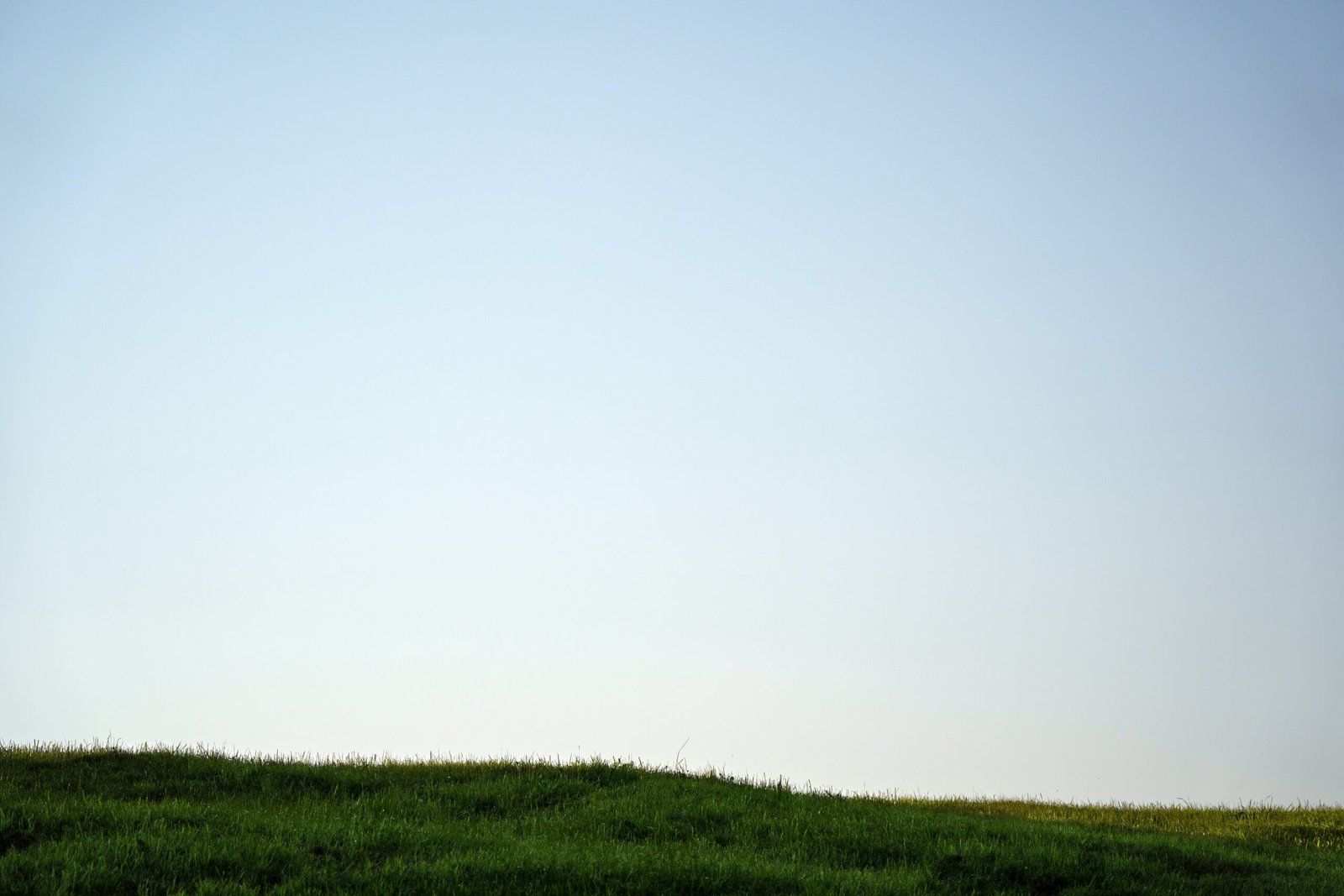Have you ever considered how something as simple as a cold plunge could have profound effects on your health and longevity? It’s not just about the thrill of icy water; there’s a fascinating connection between exposure to cold and the biology of longevity genes, particularly the SIRT pathway. Let’s unwind this connection together and see how cold plunges might just be your secret weapon for living a longer, healthier life.

Understanding Cold Plunges
Cold plunges, or cold exposure, have become trendy in wellness circles, but they’ve been part of various cultures for centuries. From ancient Scandinavians who took dips in icy waters to modern-day biohackers touting the benefits, immersing yourself in cold water could be more than just a wake-up call for your senses.
What Is a Cold Plunge?
In its simplest form, a cold plunge involves immersing your body in cold water, usually below 60°F (15°C) for a set period. This can be done in a tub filled with ice or in natural bodies of cold water like rivers or lakes. The goal isn’t just to get a rush of adrenaline; it initiates a range of biological responses that can ultimately benefit your health.
Why Do People Take Cold Plunges?
You might wonder why so many people are incorporating cold plunges into their routines. It’s not just for the shock factor. Users have reported various benefits, including:
- Boosted mood: Cold exposure can trigger a release of endorphins.
- Increased circulation: The cold causes blood vessels to constrict and then expand, improving blood flow.
- Enhanced recovery: Athletes often use cold plunges to help reduce muscle soreness after workouts.
The Science Behind Longevity Genes
Now, let’s pivot to a compelling aspect of health and wellness: longevity. What exactly does it mean to live a long and healthy life? When researchers talk about longevity, they’re often looking at genes and biological pathways that influence how well we age. One key player in this arena is the SIRT pathway.
What Are SIRT Genes?
SIRT genes, or sirtuins, are a family of proteins involved in cellular regulation, especially relating to aging, inflammation, and metabolism. Researchers have identified seven known sirtuins (SIRT1 through SIRT7), and they play critical roles in various bodily functions.
How Do SIRT Genes Affect Longevity?
SIRT genes help promote cellular health by regulating several vital processes, such as:
- DNA Repair: Sirtuins help repair damaged DNA, which can accumulate over time due to environmental stressors.
- Metabolism Regulation: They play a role in how your body processes fats and sugars, which can have implications for obesity and metabolic diseases.
- Inflammatory Response: SIRT genes can help manage inflammation, reducing the risk of chronic conditions often associated with aging.
In essence, maintaining the health of these genes could potentially slow down the aging process and enhance longevity.
The SIRT Pathway: A Bridge Between Cold Exposure and Longevity
So, how exactly do cold plunges intersect with the SIRT pathway? This connection is where the magic happens. Let’s break it down.
Cold Exposure and SIRT Activation
When you expose your body to cold, several physiological responses kick in, one of which is the activation of the SIRT pathway. Here’s how it works:
-
Cold Shock Response: When you plunge into cold water, your body experiences a cold shock, which activates a series of hormones and proteins. This reaction creates a brief, controlled stressor that triggers adaptive responses in your cells.
-
Increased SIRT1 Levels: Research indicates that cold exposure can increase the levels of SIRT1, one of the most studied sirtuins. Higher levels of SIRT1 have been associated with improved cellular repair and increased lifespan in various organisms.
How Cold Plunges Influence Your Cells
Let’s look at how this works on a cellular level:
| Process | Description |
|---|---|
| Cold Shock Activation | Cold plunges induce a controlled stress response, activating heat shock proteins. |
| Enhanced Mitochondrial Function | SIRT1 promotes mitochondrial biogenesis, improving energy production and metabolism. |
| Improved Cellular Repair | Increases the repair processes within cells, contributing to longevity and reduced aging. |
| Reduced Oxidative Stress | Activation of sirtuins helps manage free radicals, reducing oxidative damage. |
As you can see, engaging in cold exposure not only gives your body a jolt but may also enhance key processes that help keep your cells youthful.
Integrating Cold Plunges Into Your Routine
If you’re intrigued by the potential benefits of cold plunges, you might be wondering how to start incorporating them into your daily routine. Here’s a practical approach that prioritizes safety and effectiveness.
Assess Your Readiness
Before diving in, consider your current health status. Cold exposure isn’t for everyone, especially those with certain health conditions. Consulting a healthcare provider before starting any cold exposure regimen is wise.
Suggested Initiation Steps
- Start Slowly: If you’re a newcomer, begin with cold showers. Gradually reduce the temperature and duration over time.
- Limit Exposure Time: For full cold plunges, aim for 2 to 5 minutes for starters; you can gradually increase the duration as your body acclimates.
- Listen to Your Body: Pay attention to how your body reacts. Shivering or intense cold discomfort can be indicators to exit the cold.
Creating a Routine
Incorporating cold plunges into your lifestyle can enhance your well-being and support your longevity goals. Consider the following practical strategies:
| Tips | Details |
|---|---|
| Set a Specific Time | Aim to include cold plunges after workouts or in the morning for maximum effect. |
| Pair with Breathing Techniques | Using controlled breathing can help ease the cold shock response. |
| Stay Hydrated | Ensure you are well-hydrated to help your body cope with cold exposure. |
| Recovery Fundamentals | Post-plunge, take moments to warm up and relax your muscles, aiding recovery. |
Maintaining consistency in your routine can help maximize the benefits you’re likely to experience.

The Bigger Picture: Building a Longevity Lifestyle
While cold plunges and SIRT genes are intriguing aspects of longevity, they are part of a broader lifestyle approach to healthy aging. Let’s consider additional lifestyle factors that contribute to enhancing your longevity.
Diet and Nutrition
Your diet plays a significant role in how your genes express themselves. Foods rich in antioxidants can complement the benefits you gain from cold exposure. Consider incorporating:
- Fruits and Vegetables: Rich in vitamins and minerals that help combat oxidative stress.
- Healthy Fats: Omega-3 fatty acids found in fish and flaxseeds can support heart health.
- Whole Grains: Options like quinoa and brown rice provide sustained energy and support metabolic health.
Regular Physical Activity
Exercise, much like cold exposure, serves as a hormetic stressor that can enhance your health. Aim for a balanced routine that includes:
- Cardiovascular Training: Activities like running or cycling can boost circulation and heart health.
- Strength Training: Builds muscle and supports metabolism, proving critical as you age.
- Flexibility and Balance: Practices such as yoga can enhance overall wellness and reduce the risk of injuries.
Mental Well-being
Mental health influences your physical health in profound ways. Strategies to consider include:
- Mindfulness Practices: Techniques like meditation can improve stress resilience.
- Social Connections: Maintain relationships that foster joy and support, which have been shown to enhance longevity.
- Continuous Learning: Keep your mind sharp with new knowledge and challenges that stimulate cognitive health.
The Future of Cold Exposure and Longevity Research
Cold exposure is getting increasing attention in the fields of health, wellness, and longevity research. As scientists continue to delve into the molecular mechanisms activated by cold, we can expect exciting developments that may redefine our understanding of health and aging.
Emerging Studies
Current research is focusing on the long-term benefits of cold exposure in relation to various health markers. Key areas of research include:
- Metabolic Health: Investigating how cold exposure can aid in weight management and metabolic efficiency.
- Chronic Disease Prevention: Exploring the associations between cold exposure, inflammation, and chronic diseases prevalent in aging populations.
- Molecular Mechanisms: Ongoing studies on how sirtuins respond to different stressors, and potential therapies that could emerge from this knowledge.
Potential Therapeutic Applications
Researchers are already considering how cold exposure could be applied therapeutically. Future treatments that utilize the principles of cold therapy alongside lifestyle changes could enhance longevity and redefine holistic health strategies.

Conclusion: Embracing the Chill for a Healthier Future
As you’ve seen, the interplay between cold plunges and the SIRT pathway opens up exciting possibilities for enhancing your health and longevity. By integrating cold exposure with a balanced lifestyle, you not only aim for a longer life but also a life filled with vitality and well-being.
So why not give it a try? You might find that a little chill not only invigorates your body but also invigorates your journey toward longevity. Your health is, after all, worth every cold plunge.

